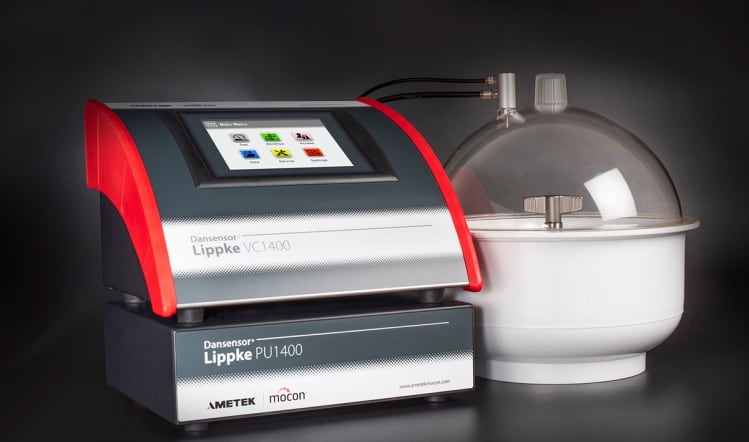The CW3 RUN-WET Combo and CW3 RUN-WET Checkweigher systems were launched earlier this year in response to industry demand for improved hygiene and cleaning efficiency and reduced machinery downtime due to frequent washdowns.
The CW3 RUN-WET Combo provides a combined checkweigher and metal detector in one, whereas the CW3 RUN-WET Checkweigher is a standalone checkweigher system.
The design of many inspection systems often leads to costly production delays as a result of time consuming, difficult cleaning, and downtime as production line staff wait for equipment to dry.
Water ingress
Unprotected sensitive electrical parts of machines often need to be bagged prior to washdown to prevent any kind of water ingress - one of the most common causes of system and component failure.
In addition, certain checkweigher and metal detection systems are not suitable for high care food production environments where hygiene standards are highest and harsh washdown cycles are frequent.
This lack of cleaning efficacy means that bacterial contamination in food still remains one of the biggest causes of product recall.
Loma’s RUN-WET systems were developed in combination with feedback from many customers, it claimed. By producing a more sanitary design that is quicker and easier to clean, the risk of bacterial contamination could be minimised, increasing food safety standards.
The new machines are rated to IP69k standard - the International Electrotechnical Commission's International Protection Marking system under IEC standard 60529 - signifying the highest degree of ingress protection.
Design features
- No nooks and crannies – can easily and quickly deep clean, minimising bacterial harbouring with no debris accumulation points.
- Open design of the conveyor belt facilitates easy clean down or debris extraction if required.
- Removable covers with light safety curtain, enable production visibility without interruption.
- Fully accessible cable system for easy cleaning.
- High quality chemical rated seals, bearings and rollers deliver longevity with no replacement needed at six month service intervals as with other machines.
- RFID (radio-frequency identification) user access minimises contact with the machine and provides full accountability, data insights and traceability.
Suitable for high care environments
Created to withstand harsh, high-pressure and high-temperature deep cleaning regimes, the systems are suitable for high-care food environments, such as protein, dairy, meat, fish or convenience food production.
“Loma has worked with the food industry for more than 50 years and our teams strive to understand inspection challenges faced by food manufacturers and processors,” said Toby Kemp, Loma’s director of marketing & innovation.
“We always engineer with the customer in mind, and already we’re being told how our new CW3 RUN-WET Combo and CW3 RUN-WET Checkweigher systems are helping to increase production line efficiencies and improve overall food safety.”
Bakkavor has reported saving time and money by replacing an ageing inspection system with a Loma CW3 RUN-WET Combo system on its noodle line at its Bourne Salads factory.
Two hours of production time saved daily
The company claimed it had saved two hours of production time daily due to easy cleaning and no drying time. The system is the only machine on the Bourne site that can be fully ‘foam washed’, with no drying time required after washdown, extending equipment uptime.
The speed gains on the line had produced an uplift in their noodle pack rate, Bakkavor said.
The system can also be installed, set-up and operational in a day as opposed to systems from other companies which could take three or four days to install. It had delivered consistent performance and, following washdowns, it had never had a failed swab test from the system to date, according to Bakkavor.
With frequent product changeovers and a 24/7, 364 days-a-year operation, there was a need to clean the equipment after every product change, due to the presence of strong flavours and multiple sauces, and to avoid the potential for allergen cross contamination.
Sticky noodles
Additionally, as the noodles were sticky, they were frequently getting stuck in the existing metal detector’s conveyor belt. This not only produced belt tracking issues, but also created many hygiene problems.
The downtime for changeovers and cleaning was having a significant impact on production and cost implications because staff had to pause for up to an hour a day to wait for the machinery to dry before restarting production.
“We do around ten product changeovers a day, which include a range of noodles and sauces," said Michael McRanor, engineering project manager, Bakkavor Bourne Salads. "The cleaning in between changeovers is harsh, involving a high pressure washdown designed to remove all contaminants from the machine.
"The RUN-WET system was built for exactly this type of harsh environment. Everything on the machine is made to be solid and hygienic. Even the light stack is made in a way that is hygienic and easy to clean."




